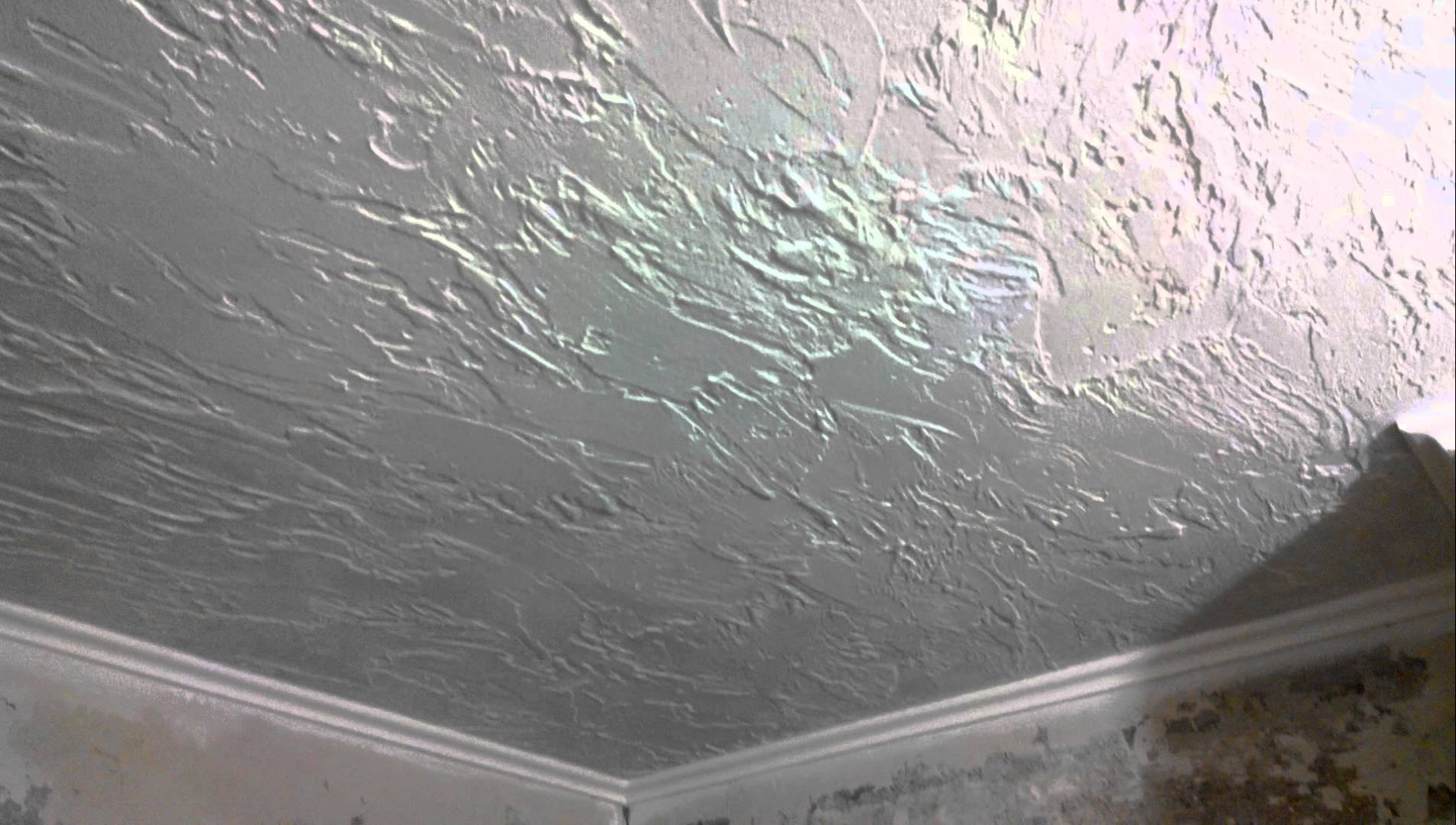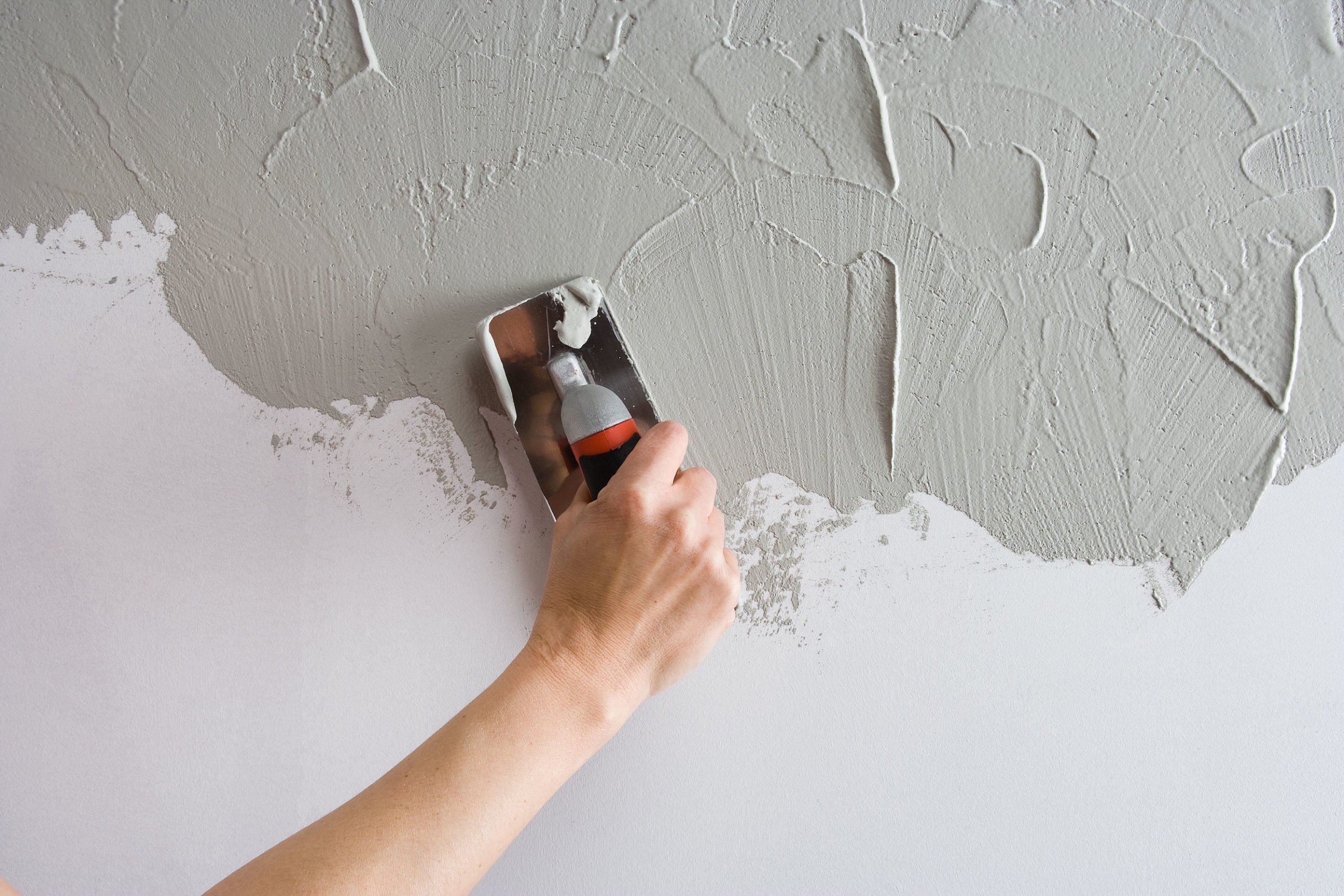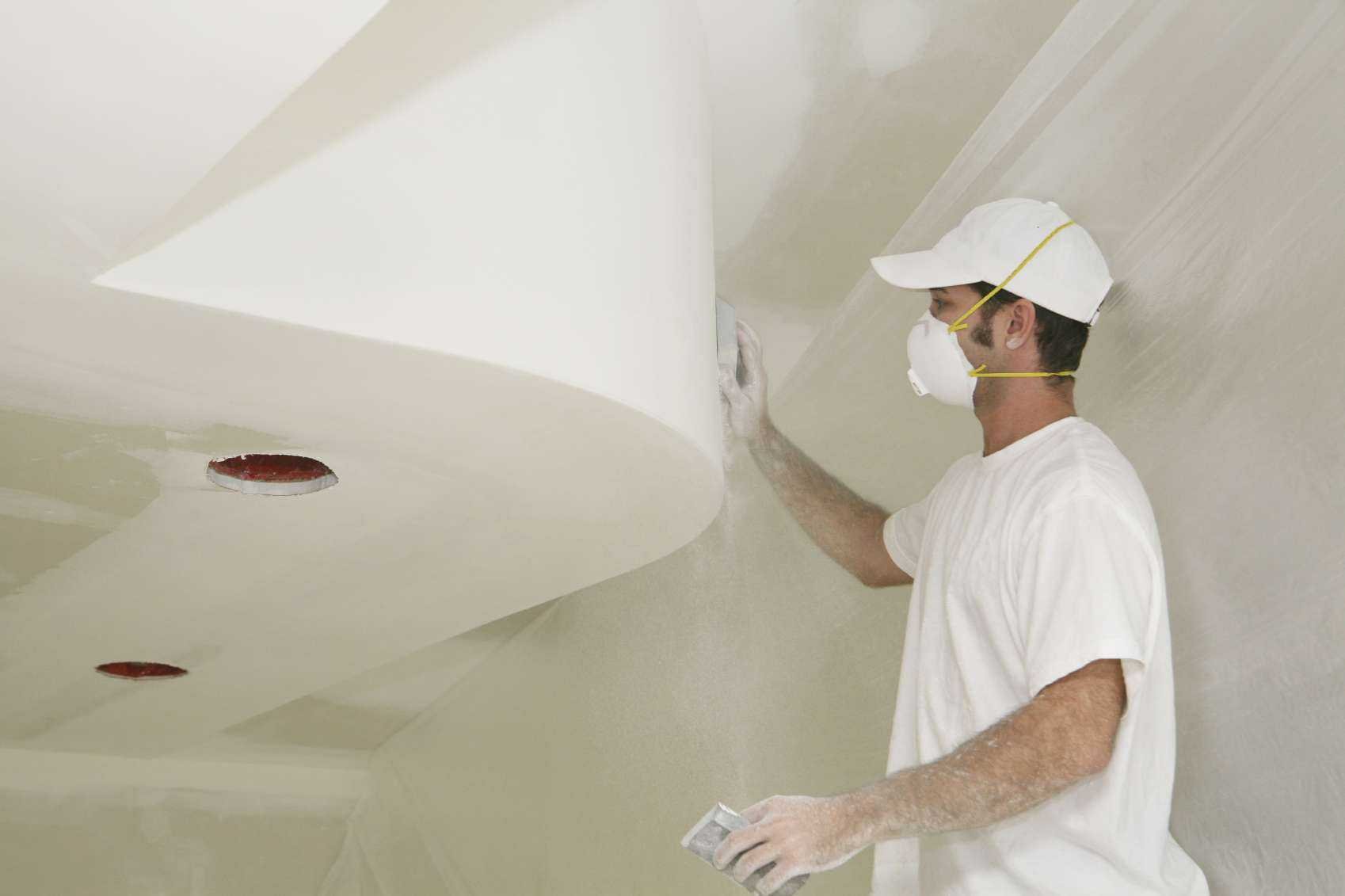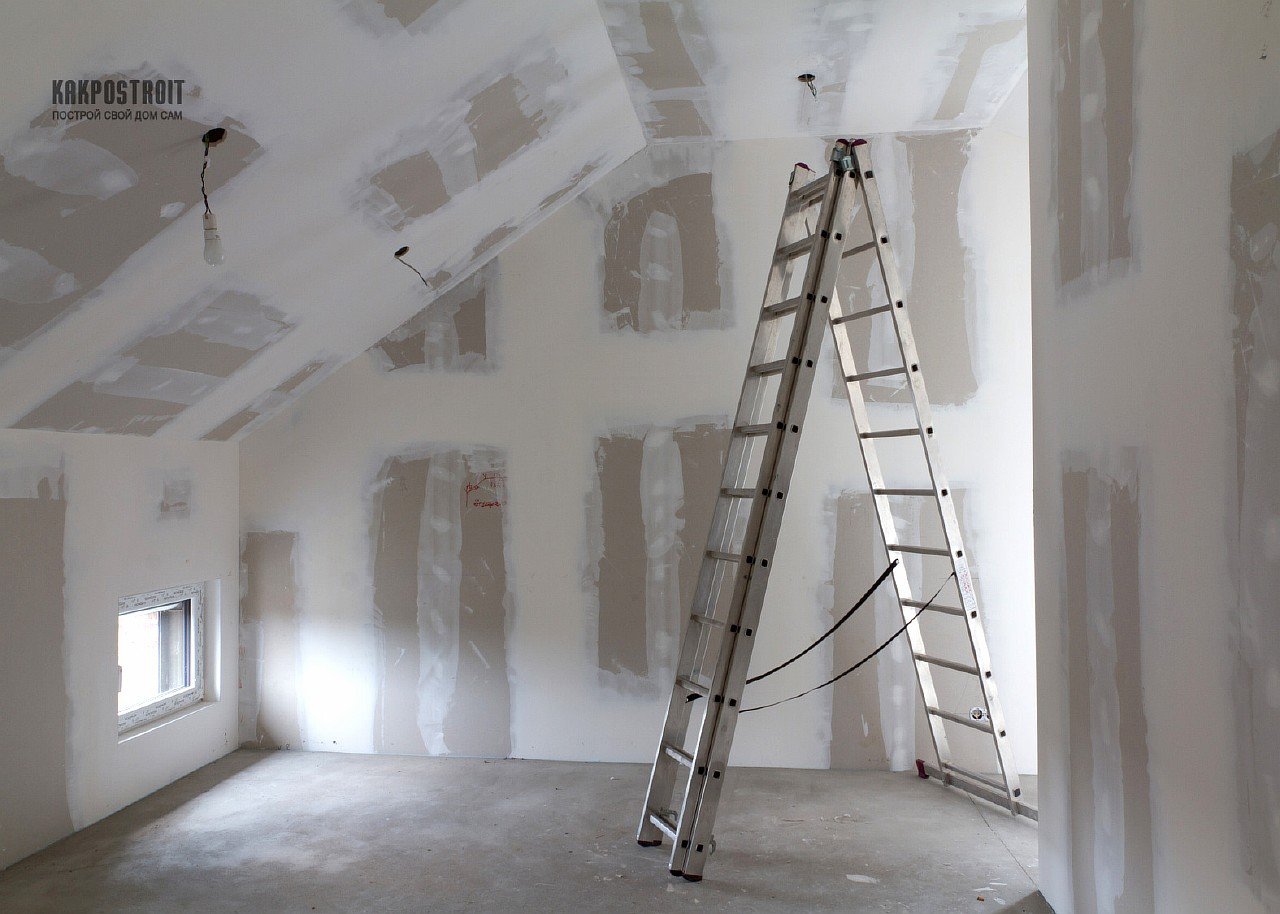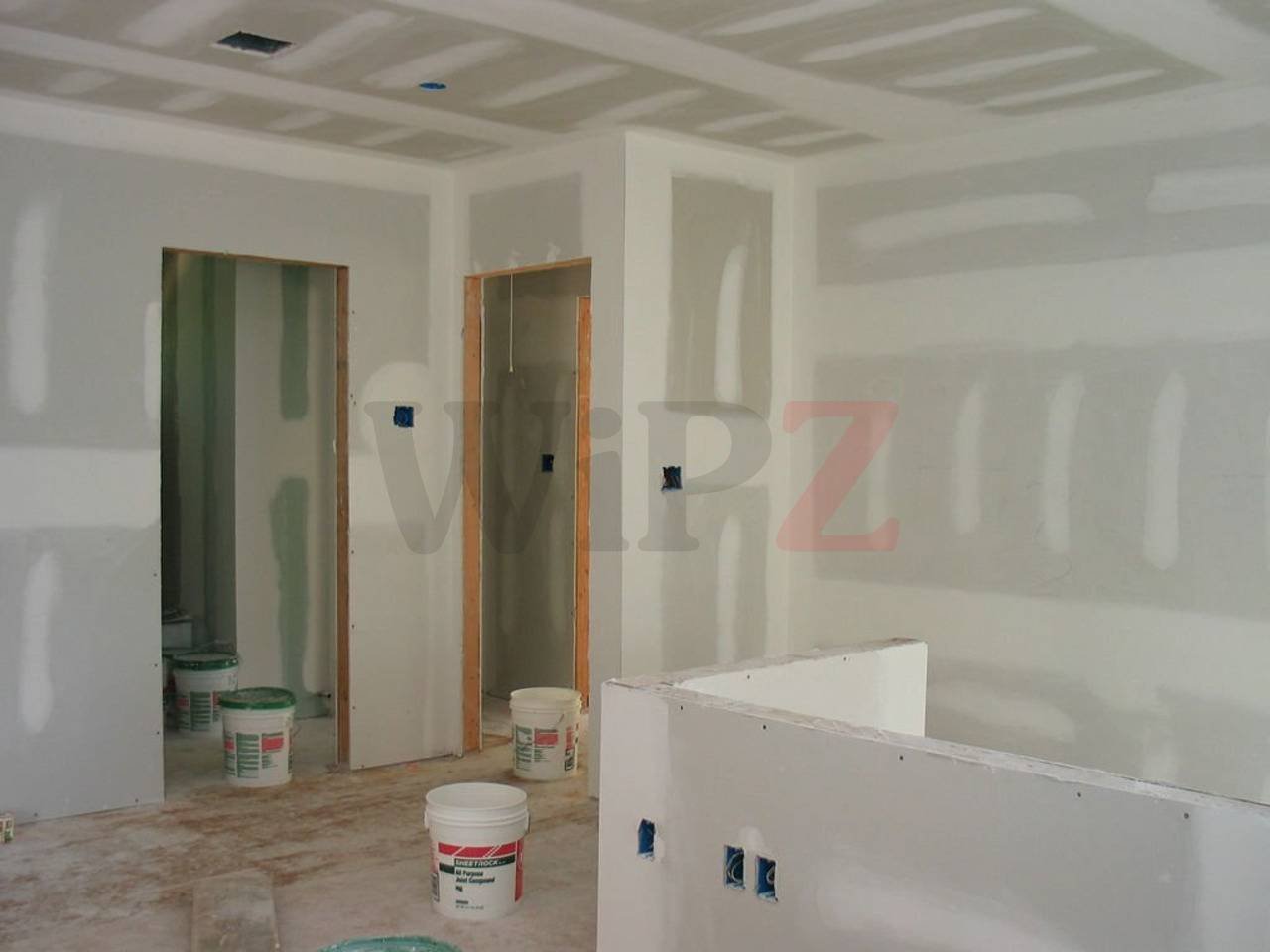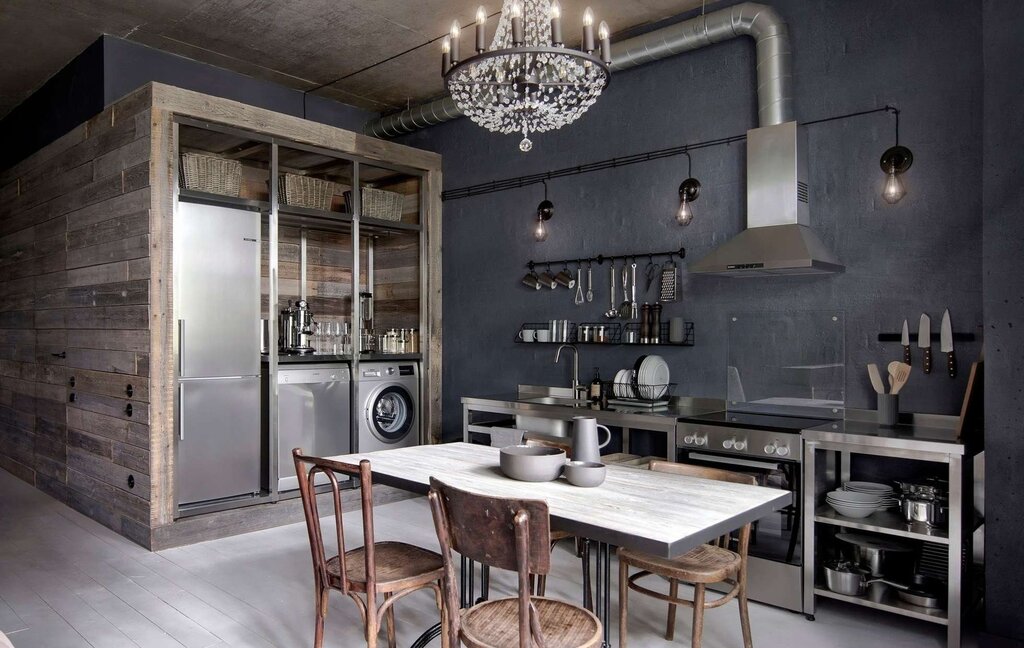Drywall joint compound 48 photos
Drywall joint compound, commonly referred to as mud, is a versatile material used in the finishing of drywall installations. Its primary function is to conceal the seams between sheets of drywall, ensuring a smooth and seamless surface ready for painting or wallpapering. Applied in several thin layers, drywall joint compound can also be used to cover screws and nails, repair holes, and create textured finishes on walls and ceilings. There are different types of joint compounds available, each catering to specific needs. All-purpose compound is ideal for various tasks, while lightweight compound is easier to sand, making it a popular choice for final coats. Setting-type compounds dry through a chemical reaction and are suitable for faster projects or when working in high-humidity environments. Proper application involves using a taping knife to spread the compound evenly, embedding drywall tape for added strength on seams. Sanding between coats is crucial to achieve a flawless finish. Whether you're a seasoned professional or a DIY enthusiast, understanding the nuances of drywall joint compound can greatly enhance the quality of your interior projects, providing a polished and professional appearance to any room.



















